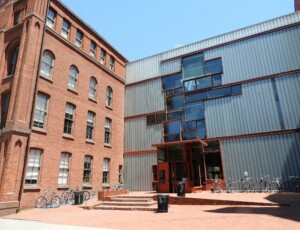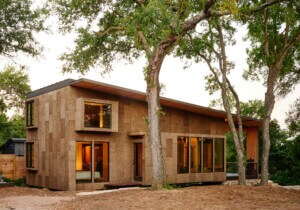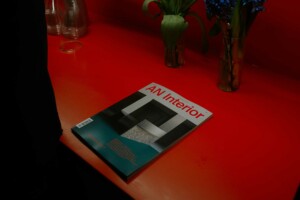Like a painting with eyes that follow, I can’t escape The Brooklyn Tower. I typically see it twice on my daily commute. It looms over picnics in Fort Green Park, pokes up during site visits, doubles in the iridescent waters of the Gowanus Canal, and hovers in the back of photos taken from my roof. I see it from near and far; it is part of my life whether I like it or not. Unlike art, architecture in the city is unavoidable.
For better or worse, the tower is the tallest building in Brooklyn, and its coloration sets it in contrast against the sky and surrounding towers, which are lighter, more reflective. It is a constant reminder of the realities of wealth accumulation: A “crescendo” of the downtown skyline, it also parallels a bar graph of income inequality. Its golden, Trump Tower–like darkness makes its grandeur that much more in-your-face. Rather than polite attempts made by skyscrapers to disappear via all manner of glassy manipulations, this one’s shape, lavishly articulated, is on full display.
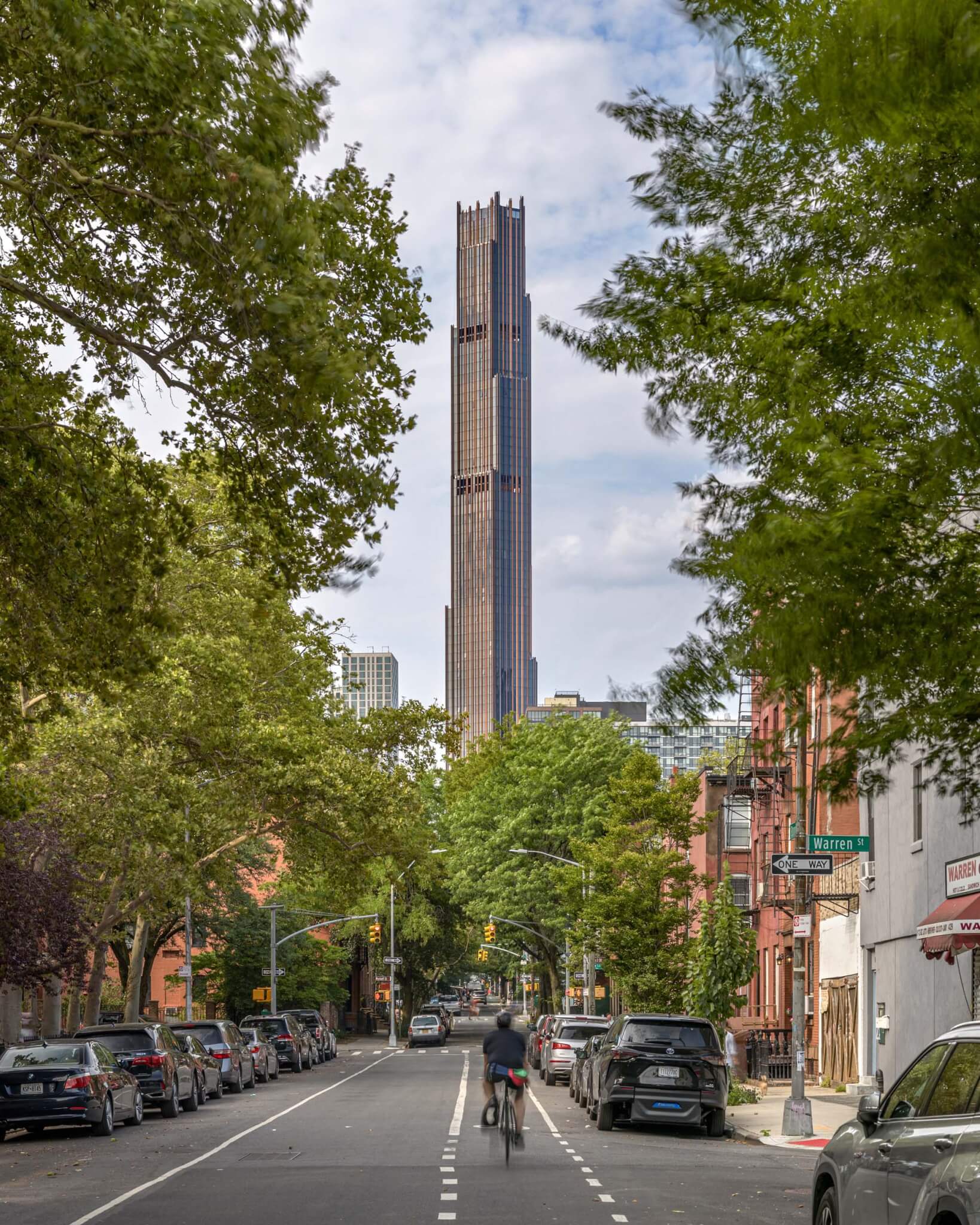
With its 93 floors rising over 1,000 feet in height, the Brooklyn Tower is problematic not because of the considered resolutions of its design decisions but because of the initial, awful calculus of real-estate speculation. One of the suggested storylines for the project is that Gotham has decamped to Brooklyn: Finally, the borough has some Architecture to compete with Manhattan! Beneath the novelty of its height and color palette, SHoP has completed something spooky that rivals Manhattan marvels like the Woolworth Building, where it offices.
While density is of course preferable to sprawl, the Brooklyn Tower’s 550 units are largely unaffordable. Even its 120 affordable units, offered via lottery, weren’t that cheap, with prices starting at $2,630 per month for a studio. Its market-rate leased units, as shown on the website, start at $3,529 for a studio, and sale prices begin at $950,000 for a 574-square-foot studio, a rate of $1,655 per square foot. (For reference, in August 2023, the median sale price per square foot for listings in the overall borough was $697.)
In construction for years, the building has already endured meme-like roasts about its evil demeanor. If Brooklyn is Mordor from The Lord of the Rings, then this is Barad-dûr, atop which the fiery Eye of Sauron might appear. Jacob Reidel, writing in New York Review of Architecture, compared it to Coruscant, the Galactic Capital from Star Wars, notably where Palpatine transforms from senator to emperor.
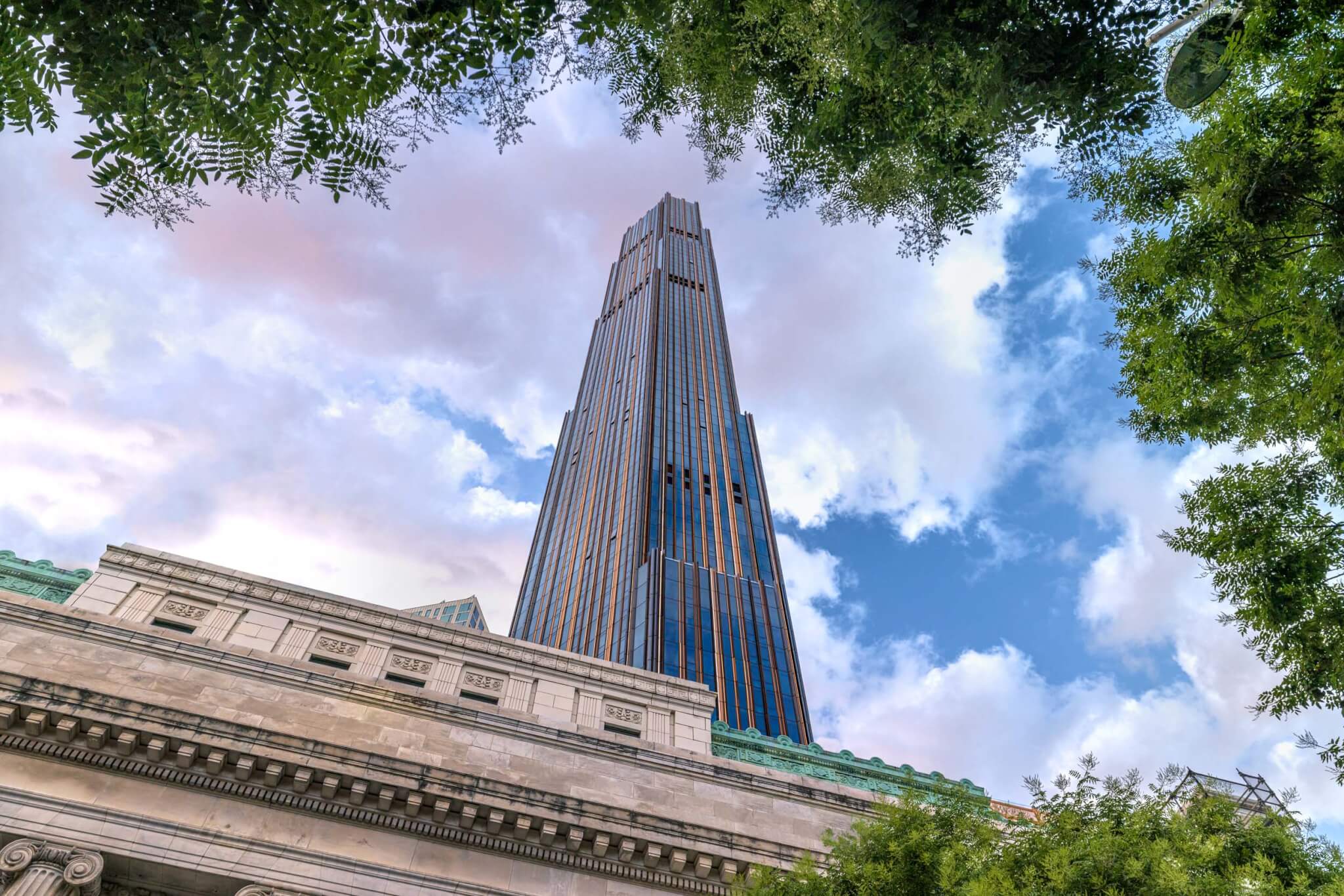
The tower’s evilness comes from its height and dark glass, but also from its solid pilasters, which terminate in turrets as its balconies spiral upward around the perimeter. These appendages give it a spiky profile, as if it were a castle. The sense of being fortified is amplified by the slotted apertures on double-height open floors, which reduce wind loads but can also be read as embrasures from which soldiers might fire arrows or dump boiling liquids on intruders below. In reality, these spaces will be basketball courts or dog parks in the sky for residents.
Designed by SHoP and led by founding principal Gregg Pasquarelli for JDS Development Group, the Brooklyn Tower stylistically combines Gothic Revival with an art deco sensibility. Perhaps one precedent is Midtown’s American Radiator Building, completed in 1924 and designed by Raymond Hood and André Fouilhoux, which sports dark brick and gold accents. The Brooklyn Tower’s geometric flourishes are largely a response to its neighbor, the Dime Savings Bank, a neoclassical structure designed by Mowbray & Uffinger that opened in 1908. The hexagons inscribed in the floor and ceiling of its landmarked interior, in addition to the dome’s six-sided drum, provided geometric references that are symphonically deployed at multiple scales: Both the floor plates and the apartment plans are hexagonal. The new building rises from the north corner of the bank’s triangular block, whose east point is occupied by Junior’s, a diner that has been here since 1950. Like SHoP’s prior supertall for JDS, 111 West 57th, which sprouted like a yucca bloom from the historic Steinway factory, this tower mines the historic structure from which it springs for ornamental uses.
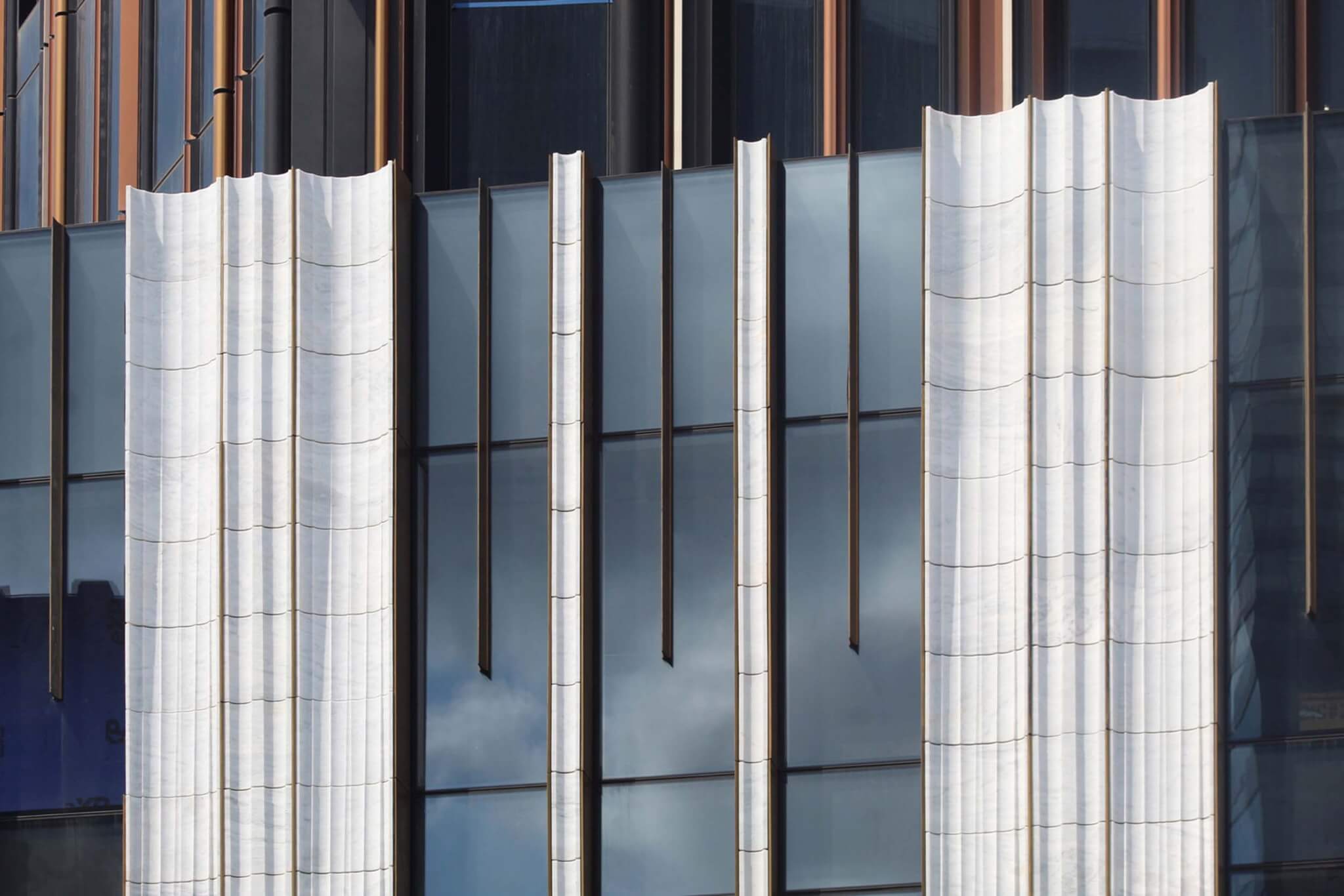
Woods Bagot, led by Krista Ninivaggi, completed the interior design of the shared spaces. Everything is benignly thoughtful and considered, down to the “kiss and go” pods, where residents can wait for their Ubers, and the ceiling of the elevator lobby, which is finished in custom oversized dime tiles whose diameter had to be altered to avoid the appearance of counterfeiting during production. Gachot Studios handled the design of the units, which are sleekly outfitted in dark metals (recalling the building’s exterior) and scan as stylishly staged.
Up close, the facade breaks down into a variety of metallic extrusions—fluted, cylindrical, triangular—of varying colors, even white. The shapes pile up in the corners, making for a heavier outline that conveys solidity; they become shallower toward the middle of the elevation, giving overall faces a sense of concavity. These textures create turbulence as wind moves around the tower, which reduces strain on the core. (Smooth, all-glass towers are bad at this; at times they behave like airplane wings, creating lift across opposite sides of the structure.) At this point, the design of supertalls is limited less by what is structurally possible and more by how much sway occupants can tolerate. The stepped faces host 5-foot-deep balconies from which residents can gaze out over the city.
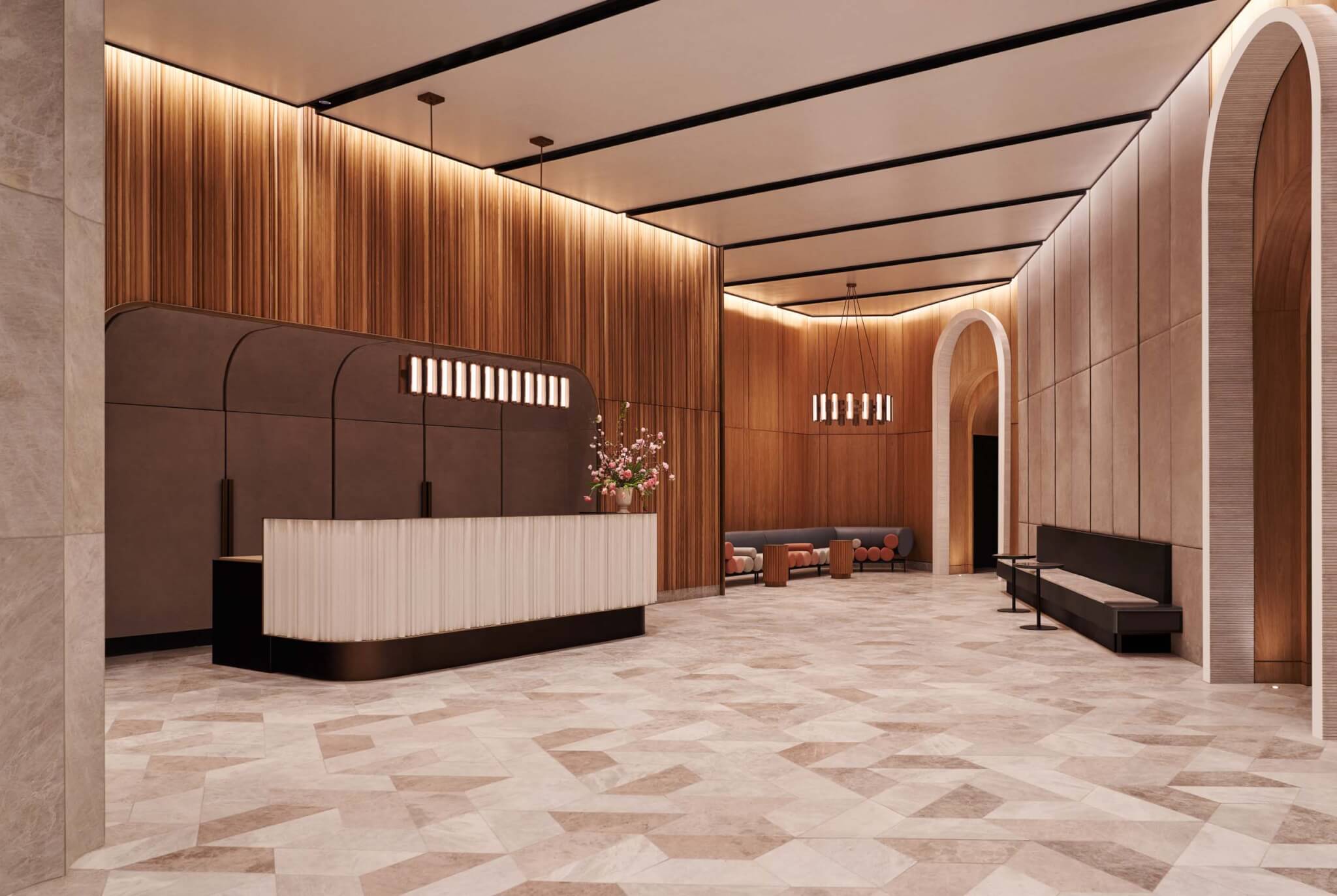
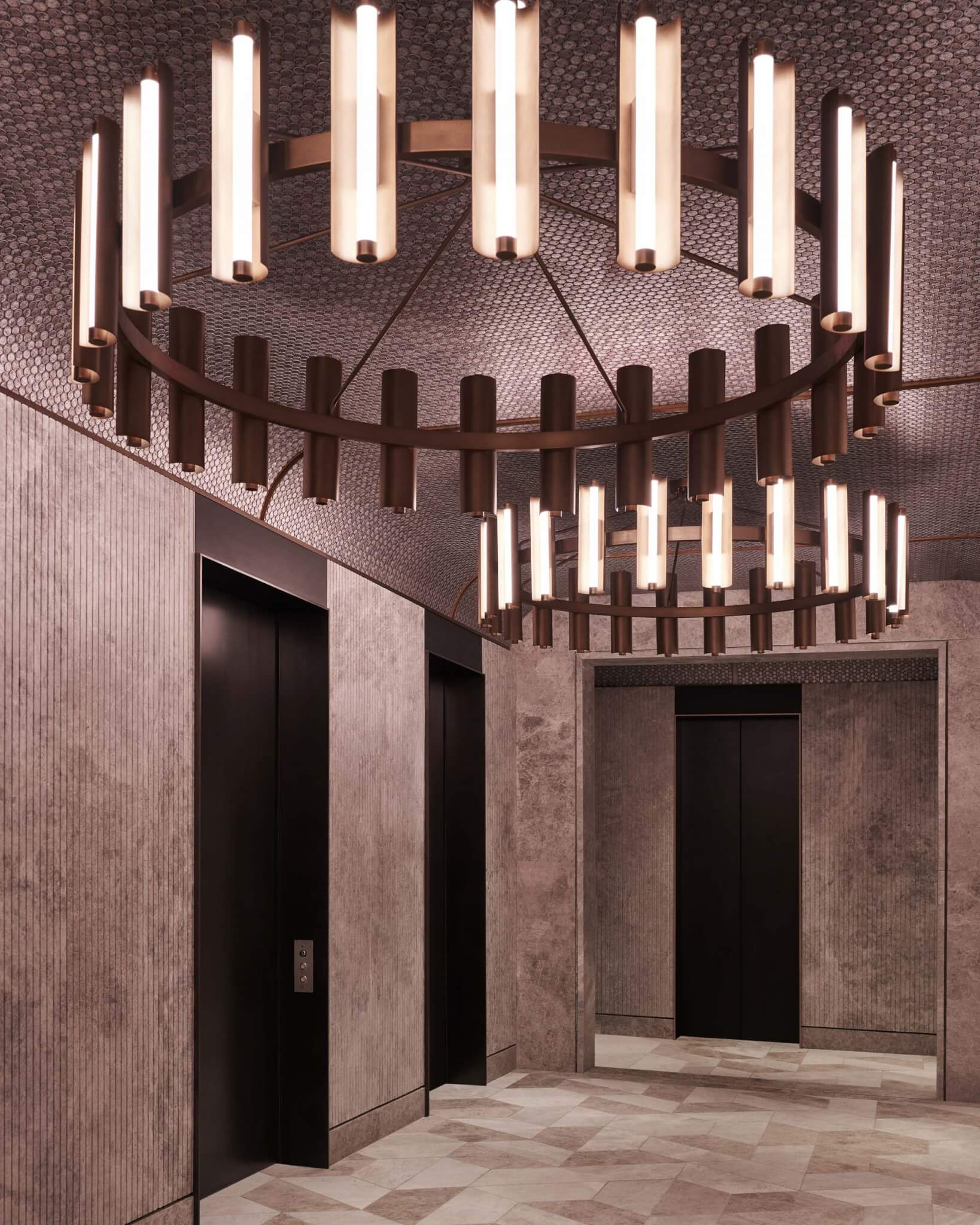
The tower’s podium is partially faced in marble “convexacave” columns and includes amenities like a hexagonal outdoor pool that rings the historic Dime Savings Bank’s dome. The bank’s name meant that one could open an account with just a dime in 1859 ($3.70 in today’s money). Upon full completion of the tower’s interiors, Brooklynites will once again be able to use the bank’s lobby, which may become a culinary destination, though it is doubtful that anything hearty will be on the menu for less than four dollars.
The tower’s design revives a romantic era of early-20th-century New York appropriate for today’s new Gilded Age. The tower would comfortably fit into Batman’s Gotham, but not Superman’s Metropolis. But who would live here, the hero or the villain? (Like Palpatine, perhaps some conversion would take place.) As presented in The Black Skyscraper by Adrienne Brown, New York’s early towers reshaped not only the skyline but the racial and societal relations of those who built, occupied, walked by, and witnessed these technical feats. The skyscraper precipitated a new type of urban spectator; more recently, the supertall has had a similar effect.
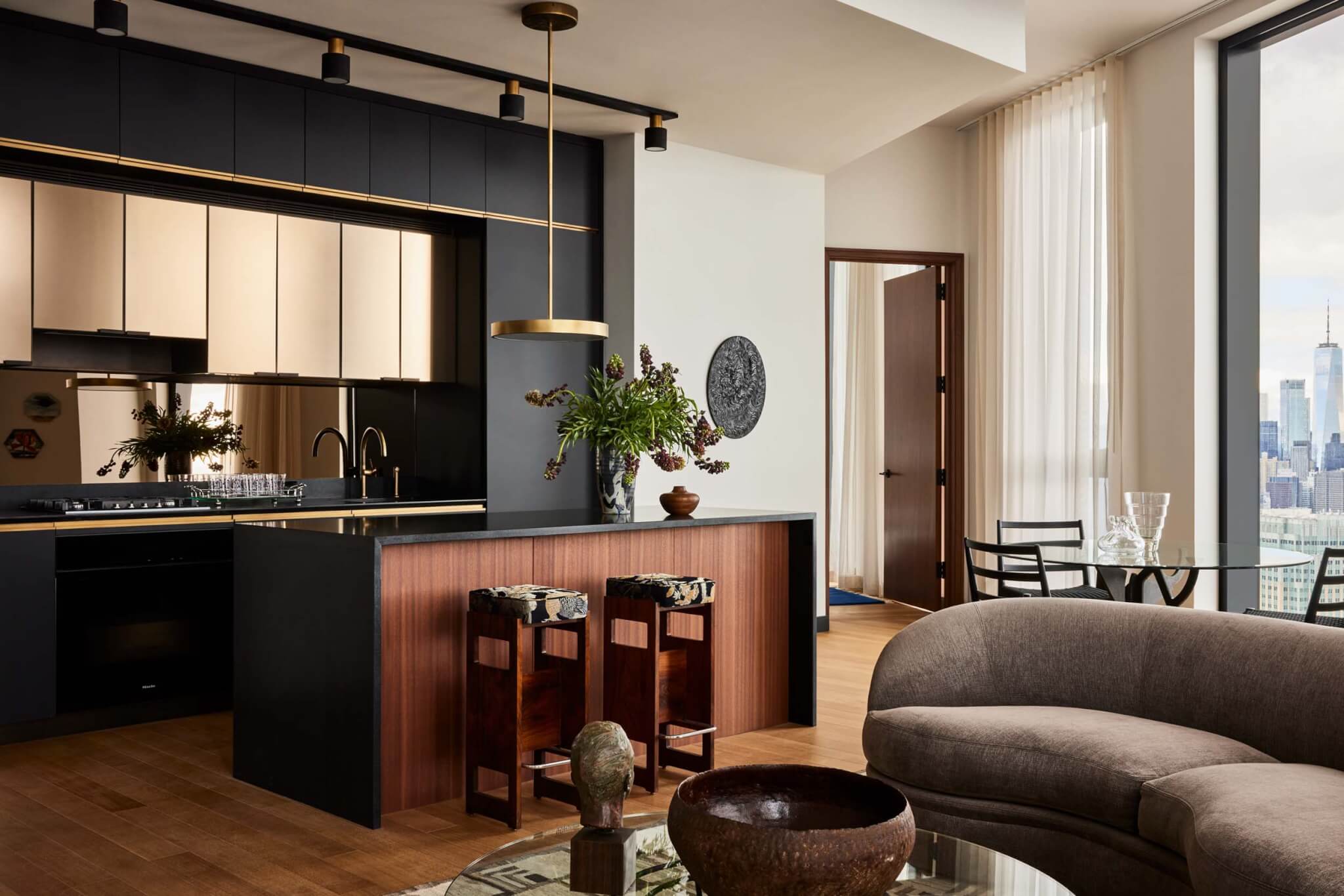
In its time, the American Radiator Building was divisive but atmospheric; its darkness can be read as a commentary on the airborne pollution (created in part by boilers and radiators) that would inevitably coat its facade. Critics compared it to a coal pile and its lighter accents to the flames of an unbanked fire. A century later, a familiar flavor of head-scratching continues about SHoP’s achievement: Some characterize it as a feat of architectural expertise, while others see it as an imposing fortress of capitalism. (It is, of course, both.) The Brooklyn Tower’s black-and-gold bulk embodies the grime of real-estate speculation; rather than cloaking environmental pollution it instead makes visible how increasingly hard it is to survive in New York today.







